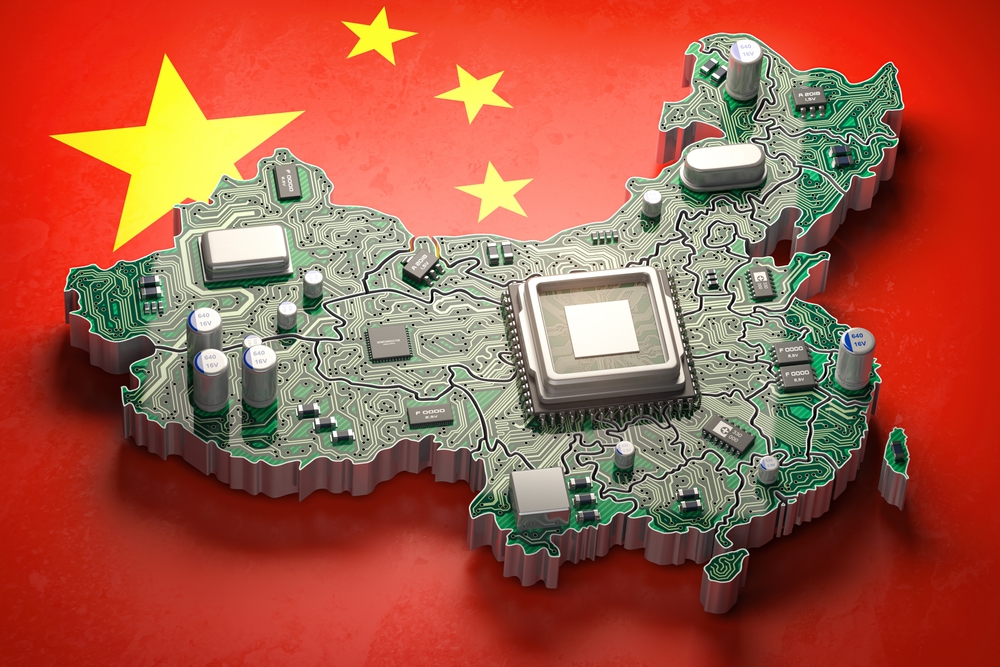
China has emerged as the world’s top spender on chipmaking equipment in 2024. The country’s semiconductor industry spent an astounding $25 billion in the first half of the year, surpassing the combined expenditures of South Korea, Taiwan, and the United States. This aggressive push by Chinese manufacturers underscores the nation’s urgent mission to localize chip production amid escalating geopolitical tensions and growing concerns over potential Western trade restrictions.
A Race to Secure Semiconductor Independence
China’s $25 billion investment is a clear signal of the country’s strategy to secure its semiconductor supply chain. With chips now critical to almost every sector of the economy, from smartphones to electric vehicles, China is doubling down on efforts to reduce its dependency on foreign technology. The spending spree is expected to hit $50 billion by the end of the year, positioning China as a dominant force in the global semiconductor industry.
This surge in investment is driven not only by top players like Semiconductor Manufacturing International Corp. (SMIC) and Hua Hong but also by smaller, mid-sized chipmakers stepping up their game. The spending is aimed at building more than a dozen fabs—semiconductor fabrication plants—scheduled to come online between 2024 and 2025. Most of these new facilities will focus on producing chips at older technology nodes, which are still vital for a range of products, particularly in industries like automotive and consumer electronics.
China Bucks the Global Trend
Unlike other major semiconductor hubs, China is increasing its investment in chipmaking equipment despite a global economic slowdown. Taiwan, South Korea, and North America have all scaled back their expenditures, but China’s commitment to ramping up production tools remains unwavering. This focus has had a significant ripple effect on the global supply chain.
Companies such as Applied Materials, Lam Research, and KLA from the U.S., Tokyo Electron from Japan, and ASML from the Netherlands have all reported a significant uptick in revenue thanks to China’s buying spree. For instance, 32% of Applied Materials’ revenue now comes from Chinese orders, while ASML’s revenue from China has jumped to nearly 50%. These numbers reflect how critical China has become for global chipmaking equipment manufacturers.
Driving Global Capital Intensity
China’s intense focus on chip production has driven the semiconductor industry’s capital intensity—an indicator of the balance between supply and demand—above 15% annually for four consecutive years. This metric mirrors the rising demand for semiconductors, fueled by AI, memory chips, and advancements in industries like automotive and industrial automation. However, the growth in these latter sectors has been more measured, as companies adjust to shifting market dynamics.
Looking Ahead: A Normalization in Spending?
While China’s spending spree has captured the world’s attention, experts predict that this level of investment may normalize over the next two years. Nikkei reports that global spending on semiconductor equipment is set to rise in regions such as Southeast Asia, Europe, the Americas, and Japan, as these areas also ramp up their chipmaking capacity to stay competitive.
Still, with China continuing to dominate the semiconductor space and strategically positioning itself to outmaneuver potential trade barriers, the country’s long-term influence on the global chipmaking landscape is likely to endure.
For more details, read the full article on Tom’s Hardware.




